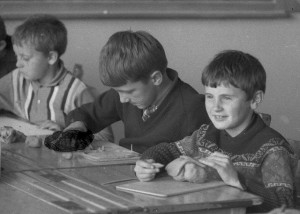
My son saw the headline — “Why So Many Kids Can’t Sit Still in School Today” — over my shoulder.
He yelled, “Nobody can!”
To my son (who’s had his own issues with sitting still in school) and many other kids, the idea that school itself induces fidgeting is not at all a new idea. But many adults still seem somewhat perplexed by the prevalence of kids who have a hard time sitting still. Hence, articles such as the New York Times’ “A Link Between Fidgety Boys and a Sputtering Economy” and the Washington Post article my son saw over my shoulder.
“Do you want me to read it to you?” I asked.
“Sure,” my son said.
I read to him as he ate his lunch. Three paragraphs in, my son said, “That person is very, very smart.”
A bit further into the article — around the part where a local teacher comments that “at least eight of her twenty-two students have trouble paying attention on a good day” –my son interrupted me again.
“That’s what everyone is. They’re just too scared to bring it out.”
Shut Up, Sit Still and Be Quiet
My son is eight. He’s completed preschool, kindergarten, first grade and second grade, and in those few short years, he’s already figured out — and is aware of! – the power imbalance between students and teachers, kids and adults. At age eight, he knows he needs to move. He know most kids need to move far more than than do in a school day. But he and the other students already know that they can’t say anything about it or they’ll get in trouble.
That’s disturbing to me, and I hope it’s disturbing to you as well. Because what my son and his friends (and your kids) are learning is that it’s not OK to speak up and talk about what they need.
My son may only be eight years old, but he knows what he’s interested in and how he prefers to learn. Most educators, though, never ask him. Most educators are so focused on getting through all of the (adult-created) curriculum and requirements that what the kids need is an afterthought.
Meanwhile, our kids learn to shut up, sit still and be quiet. They also learn that there is something wrong with them if they can’t sit down, shut up and sit still. Go back to the WaPo article. Listen to the 6-year-old boy saying, “I hate myself” and “I’m no good at anything.”
That’s not a kid who’s being overly dramatic. Those are the words of a kid who spends hours every week in a system that tells him that his innate drives are wrong.
A Better Way
The true irony here is that mounds of educational and developmental research show that kids (both boys and girls) learn best when they are physically and intellectually engaged. When they are allowed to follow their interests and to learn through experience and experimentation.
Right now, school districts around the country are implementing STEM (science, technology, engineering and math) programs that encourage kids to creatively and collaboratively solve problems. STEM programs are more than simple science, math and tech classes. According to the Englewood School District, STEM education “is active and focuses on a student-centered learning environment. Students engage in questioning, problem solving, collaboration, and hands-on activities while they address real life issues.”
Industry and business leaders have long been asking for employees who can creatively problem solve. In response, the federal government has allotted millions of dollars (via Race to the Top grants ) to support STEM education. And yet, in too many places, our youngest students are told to sit down and shut up.
I asked my son how adults could make schools better for kids. His first answer was, “Make recess better. Let kids bring bikes and stuff, and have longer recesses.”
His next words were profound: “They need school to be kid-friendly place, not a grown-up friendly place.”
I hope our educators and policy makers are listening.
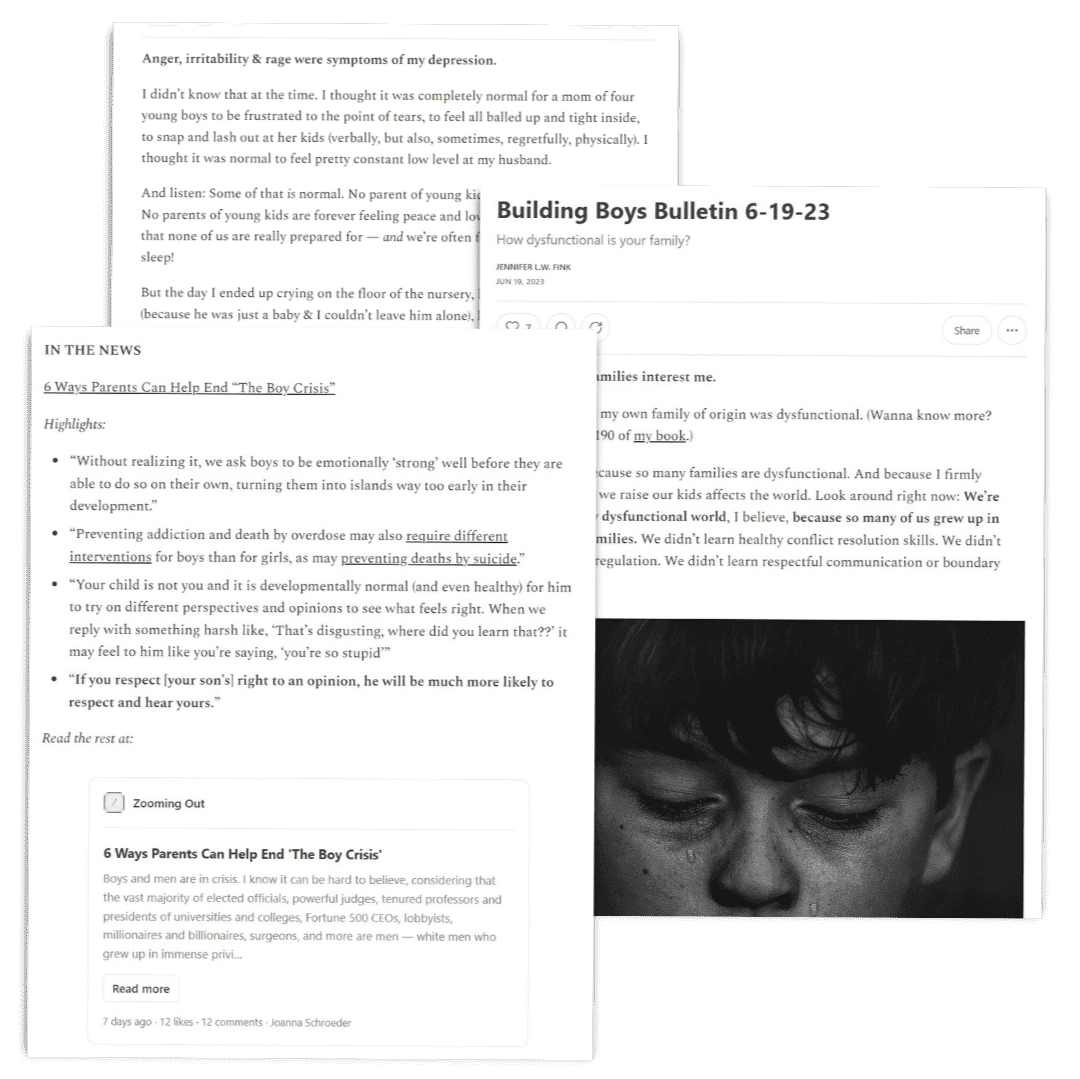

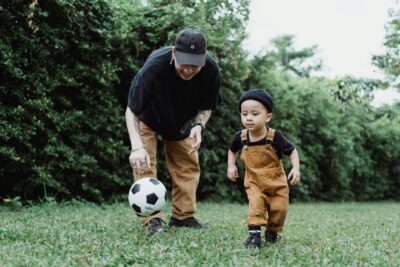

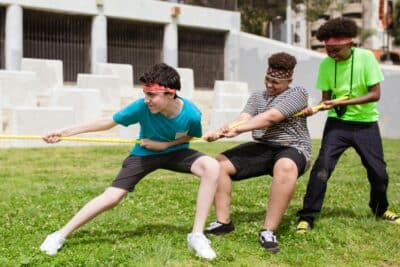
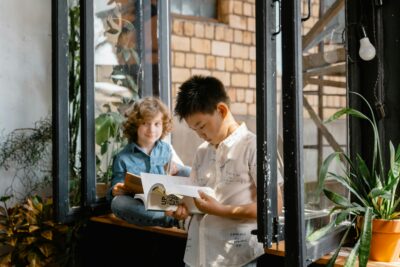

4 Responses
I couldn’t agree more! Well written! And a clever young man you have on your hands!
When I was little, we would ride our bikes to school, we played before school, in the school ground, we played after school in the school ground, we would then ride our bikes home too. This aside from recess and lunch break activities.
Nowadays, unfortunately, we as adults are too ‘scared’ to let our children play! The teacher wants to avoid blame – and quite rightly so. If an accident on a bike happens, or someone else’s child breaks your child’s property, or the bike gets stolen, it is they who are held responsible.
The parent has become over-protective, not letting children play by themselves in the street, for fear of abduction – now that social media has made us aware of how often this happens, or fear of accident, with the ever increasing number of vehicles in the road.
Children need more and more supervision…
I live in a world where I’m constantly worried for my son to a point where he’s desperate for independence… ‘Mum, don’t worry, I’ll be okay’, and that’s a 5 year old just climbing the outside of the stairs.
I wish he could get more physical activity! I have to pay for more and more afternoon activities just for him to get some exercise.
I don’t know what the answer is!
Hi Emma — Thanks for your note. Have you heard of Lenore Skenazy and/or Free Range Kids? (You can find her great blog at http://www.freerangekids.com/) Lenore directly tackles (and demolishes) the idea that the world is more dangerous today, that kids need more supervision. She also share information about how parents can relax, let go of some of their fears and give their kids more freedom and responsibility.
Of course, we talk about some of that here as well, but I think you’ll love her site.
In my experience, teachers who don’t allow / don’t encourage / don’t understand little bodies needing kinesthetic outlets & learning don’t feel confident in “turning kids loose”, because they either don’t know how or can’t “bring all back to calm and peace”…sometimes due to lack of respectful relationship establishment. Just one observation…
When I was in primary school we had to stay still in class with the hands behind our back (that ensured silence in class and a beautiful straight spine – none of us had kyphosis, scoliosis and such because that posture prevented that). I don’t know if it was a general rule or if it was our teacher’s rule but I know that my friends (who went to other schools and had other teachers) did the same. All of the children sit in class like that and none of us had problems with it or attention problems or such. We also had to be at our seats when the teacher entered the classroom and we stand and greet him/her. There was no such thing as fidgeting (or talking, or walking) in class!. But we also had (in primary school) frequent breaks in the middle of the lesson and we did various sorts of physical exercises to prevent hand cramps. Oh, back then the teacher (my teacher, I don’t know if others did the same) hit our palms with a ruler if we didn’t do our homework or didn’t know the lesson. And it was better then than it is now. Now all we see are children with various spine deformities, the teachers are beaten by students in class, the children dress like they go in nightclubs (back then we had uniforms, the girls had headbands an no makeup was allowed), fight each other in school, the older ones sometimes drink, have sex in school. Nobody did something like this when I was in school and the most “evil” thing we did was to skip classes and go to eat ice cream. Oh! Before children struggled to get good grades on exams (the higher grade for most of them) but now they’re struggling to barely get a passing grade. And they’re proud of it!!